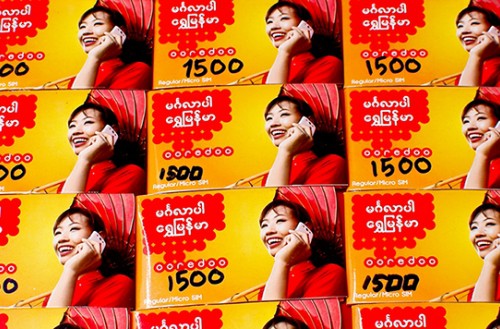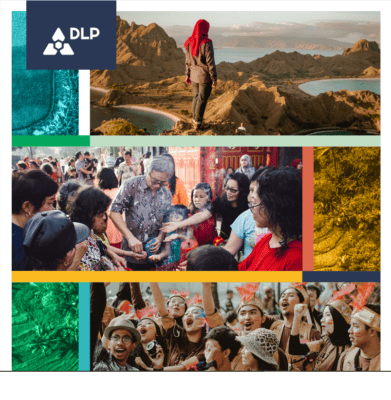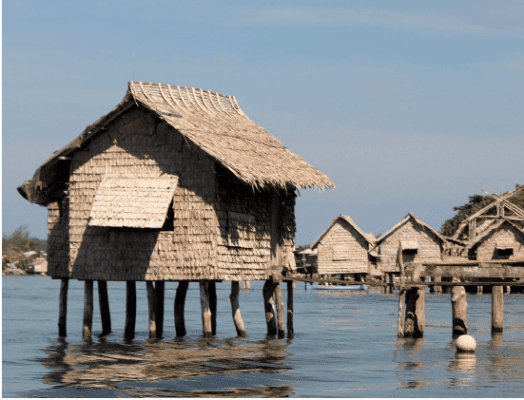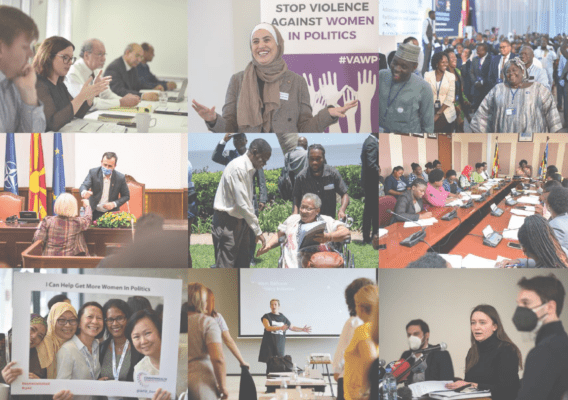Image: Ooredoo SIM cards for sale in Yangon (Remko Tanis, Flickr).
In Myanmar, as recently as 2012, a mobile phone SIM card cost more than USD 1,500. Yet by June 2015 more than half of the country’s population had a card and a handset to go with it.
This is one of the most visible signs of the social change that has swept through Myanmar since it began its transition to democracy. Yangon’s hoardings are filled with adverts for phone companies and telecoms operators; this is no longer a country with one of the worst mobile phone penetration rates in the world.
This is why telecoms reform was flagged up as a clear starting point when we began a DLP research project to look at the politics of economic reform in Myanmar, working with the Mekong Business Initiative, a programme supported by the Australian Government and the Asian Development Bank, and Oxfam. Before the transition, the telecoms sector had been controlled by the state-run Myanmar Posts and Telecommunications (MPT). Yet, as mobile phone ownership figures show, liberalisation of the sector brought about change with astonishing speed.
Licences were awarded to two international companies – Telenor and Ooredoo – in a selection process that has been widely praised for its transparency. The reformers also pushed a new legislative and regulatory framework for the sector through parliament. In the eyes of many, this makes it a remarkable example of “positive deviance” – the theme of the 2016 DLP Conference – and many we spoke to were keen to understand how it had happened. How did the reformers manage to overcome the huge obstacles that might have been expected to hinder any kind of change in Myanmar?
For a start, despite the poor state of Myanmar’s telecoms, the government’s monopoly had been bringing in millions of dollars of revenue and there was considerable reluctance to give that up. Then there was a real danger that the incumbent operator, MPT, would not be in a position to compete with the international companies. The Ministry had to work hard to solve this problem, and eventually struck up a partnership between MPT and Japan’s KDDI.
Accessing land and building transmission masts has been difficult because Myanmar’s land tenure remains a messy issue. On top of this, a significant obstacle for both telecoms reform and for developmental reform more generally is the bureaucracy’s severe lack of capacity or technical know-how, and this makes regulation and compliance problematical.
And Myanmar’s still weak political and legal institutions were likely to imply a high level of commercial uncertainty which could have deterred some of the better telecoms operators, particularly since the new legal and regulatory framework wasn’t in place when the Ministry first tried to attract bidders. This was a critical issue – and indeed, it led to the first extensive public consultation process on reform ever conducted in Myanmar.
There were, however, more serious issues. Elite capture by Myanmar’s notorious “cronies” looking for rent seeking opportunities in the telecoms sector was a very real possibility. Their influence featured strongly in opponents’ demands that foreign companies with operating licences must have a local partner. When they failed to carry that point, on the day before licence winners were to be named in parliament, those with links to crony companies tried to stop the announcement being made. But efforts by local elites to influence the process were to be expected; perhaps more surprising was the intense pressure put on the selection team by foreign embassies (including Western donors) to select companies from their countries.
Civil society organisations raised the issue of surveillance in a report produced by Human Rights Watch which warned that telecoms providers could end up being complicit in military surveillance of the population. The rising anti-Muslim movement also caused concern and there remains significant opposition to one of the licence winners, Ooredoo, because the company is Qatari.
With so many reasons why genuine liberalisation of the telecoms sector should not have happened in Myanmar, our research examines how these obstacles were overcome. We have found that both structural factors and agency shaped the reform, and that the timing and intersection of these factors was especially important. Space for reform came from the broad political shifts in Myanmar. The international context also helped, since governments and multinationals saw Myanmar as an untapped market coming back into the global economy. The high investment costs of the sector, its high visibility and high impact all made it possible for reformists to convince the government that telecoms reform was a low-hanging fruit.
These structural characteristics persuaded President Thein Sein and the government to see this as a flagship reform, which had important implications for who would be chosen to lead the reforms, and how transparent the process would be. For example, the President asked U Thaung Tin, an academic with a business background in the telecoms sector, to become Deputy Minister of Communications and Information Technology. He had technical knowledge, an understanding of the Myanmar context, and a commitment to genuine liberalisation.
The importance of this particular reform also prompted an unusually close relationship between government officials and international actors, particularly the World Bank. Many of the reformers who have spoken to us say the technical knowledge provided by the World Bank was crucial. Officials from neighbouring countries were brought in to discuss their experiences, helping to shape Myanmar’s approach – and further reduce its isolation.
But a key factor was political leadership. President Thein Sein met regularly with the reform team and – with the Minister of Communications, Information and Technology, U Myat Hein – provided the political commitment and protection the reformists needed to push past opponents and get the job done.
It would be wrong to say that telecoms reform in Myanmar has been an unbridled success. Infrastructure sharing, spectrum allocation, cronies trying to sneak in through the back door by working with transmission mast companies, and the many trade-offs the reformers have had to make to push changes through all add up to a complex web of politics. Yet Myanmar’s telecoms reform still qualifies as ‘positive deviance’ because it shows that, against the apparent odds, the type of reform needed to promote development can happen there. It also offers lessons that give insight into other reforms in Myanmar and into the politics of reform processes more broadly.
The World Bank’s latest World Development Report says that digital technology has the potential to transform the lives of millions living in poverty around the world – but for that to happen, governments need to ensure that citizens are able to benefit from this technology. Myanmar is doing so. The digital divide that, until only recently, profoundly separated it from its neighbours is being rapidly bridged and this is likely to be the foundation of its further transformation.











